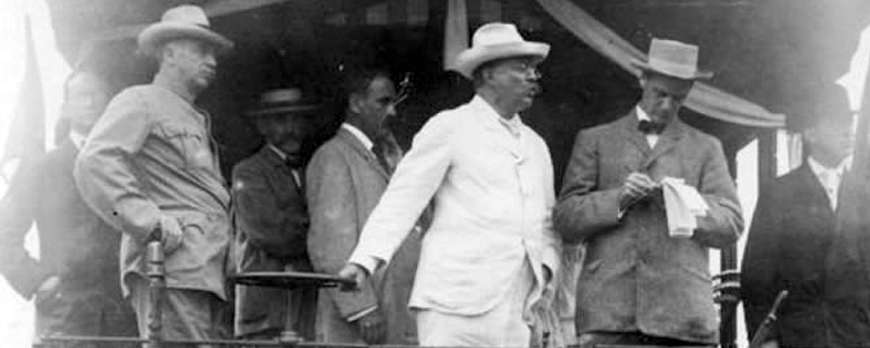The Panama hat, History.
In the book “Weaving Life”, by María Leonor Aguilar, recalls that “historically the Huancavilcas, Mantas and Caras, aborigines who lived in the the provinces of Guayas and Manabí have been considered as skilled weavers and textile art workers ”.Therefore affirms that they surely inherited from them the qualities that the skilled crafters of these populations use until today and that later extends to Cuenca-Azuay (1835) and in 1845 to Azogues, province of Cañar, to overcome the tough economic situation that affected to its settlers.In 1849 the hats of Montecristi, Jipijapa and Cuenca were already sold abroad (Panama).
The origin of the «Panama Hat».
You might wonder how the name Panama Hat was born, In the seventeenth century the straw hat began to be woven, by Ecuadorian hands, without shape and without styles then they were exported to the United States, Europe to finish them, since they didn’t have molds to give them a shape, and in the year 1914 the famous Fine Straw Toquilla Hat made by Ecuadorian hands, from Montecristi, was recognized worldwide, since at the Construction of the Panama Canal the president of the United States Theodore Roosevelt was spotted posing In a photo, the Paja Toquilla hat and from that moment everyone asked about this beautiful art that became world famous by calling it Panama Hats.

Its fame grows in Europe.
In 1855 a world exhibition organized by the Frenchman Philippe Raimondi, was inaugurated in Paris, attended by Panama with a collection of toquilla straw hats, made in Ecuadorian lands. This collection favorably impressed the European habitant by the fineness of the fabric. They gave a fine hat to Napoleon III, Emperor of France, he walked around the fair and showed off his elegance; the fact caused the concern of other people who asked how to acquire it. Having achieved success at the show, he got on with the business. But the name of Ecuador as an exhibiting country did not appear in the catalog of the exhibition and it is in the space reserved for “Diverse Regions” where the port of origin is explained from where it embarks with the name of the exhibitor and his place of residence, inSaid catalog speaks of a hat with “straw weaving”.

The finest of Montecristi Manabí.
The historian Melvin Hoyos from Guayaquil, points out that the Spanish Manuel Alfaro y González arrives to Montecristi Ecuador, as a political exile, who said “The finest thing he saw in the province of Manabí was toquilla straw.” With the help of María Natividad Delgado, from Manabi, in 1835, he embarked on an project. His objective was to export the “Montecristi”, another name used for toquilla straw hats, at that time. María Natividad Delgado, was his business partner and then after became his wife. On June 25, 1842, his son was born: Eloy Alfaro Delgado, former president of Ecuador, and hero of our nation.
In Ecuador Montecristi, Pile site, the best finest hat in the world is woven, whose weaving can take up to 8 months to a year to make a single hat as fine as 65 degrees in a linear inch, by skilled hands of artisans, the weaving is so fine that it looks like a fabric so soft and silky. They get up early in the morning, this is early to weave this famous hat with very fine threads intertwined with each other, Simón Espinal weaver of Pile spends weaving the Montecristi hat, this emblematic artisanal art of the best quality for its finest.
Its fame for the finest hat in Montecristi, made and woven from the finest threads of the “Cardoluvica Palmata” toquilla straw, with Certificate of Origin of authenticity, Modesto Hats an artisan since 1995, is dedicated to this art, from a very young age he learned of his grandparents, parents, brother who was in charge of teaching him, little by little, this beautiful, weaving and elaboration of the toquilla straw hat, during every day he dedicates himself to weaving, which is a tradition that has passed from generation to generation, and to give you the best finishes, in different design models, Classic, Fedora Havana, Gambler, Colonial, Australian, Borsalino, Cuban, Ausin, Montecristi, custom sizes and color combinations of ribbons.




